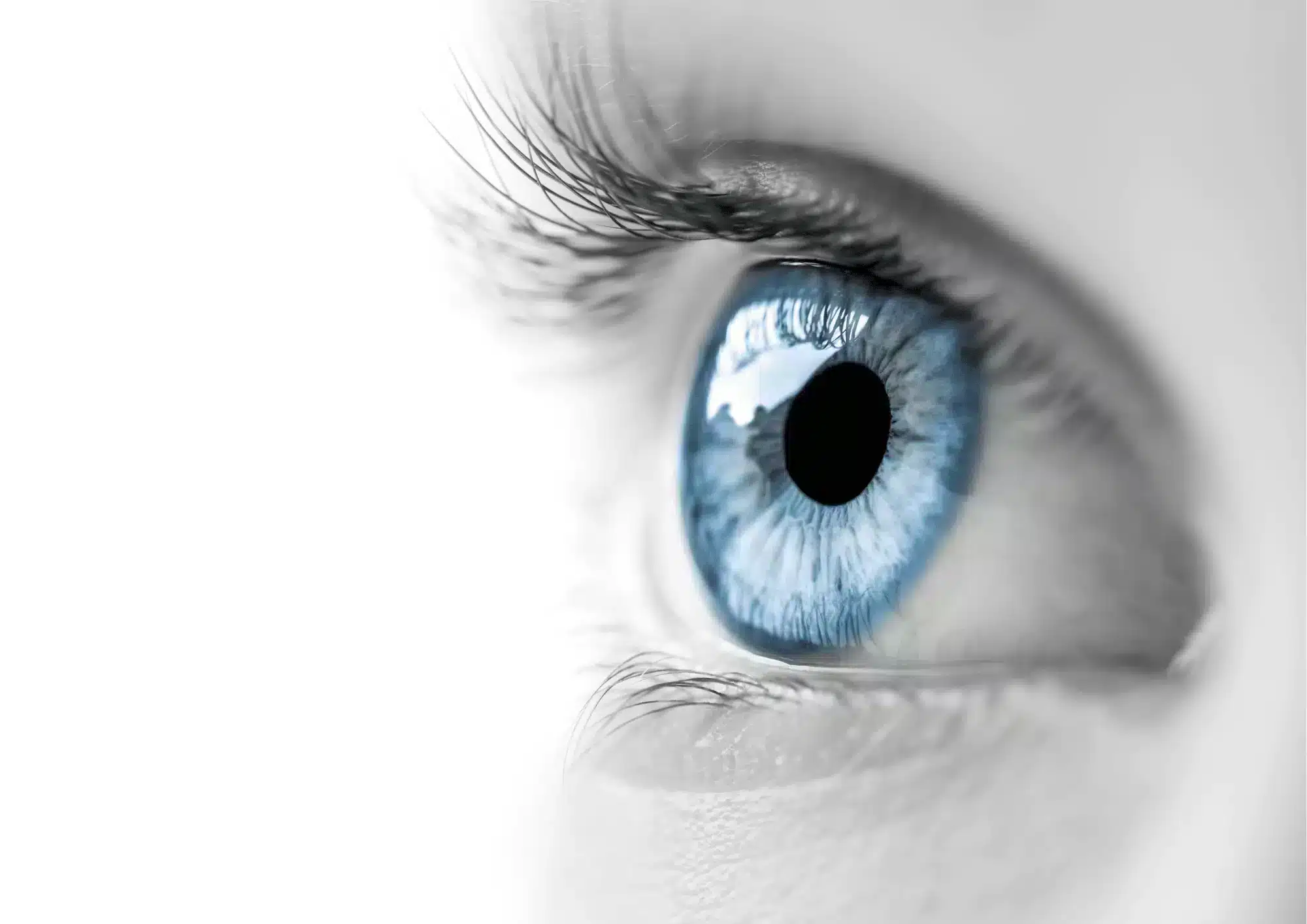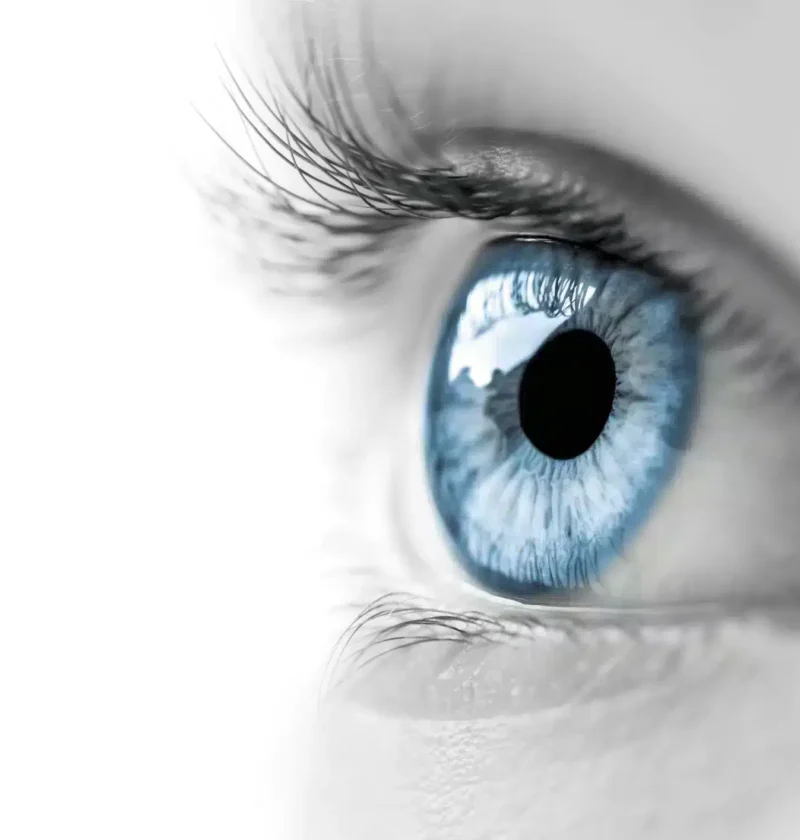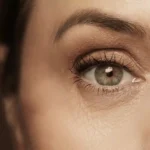 Juvederm injections is a successful ophthalmological treatment for tear trough. The process has great reviews from patients after receiving treatment to correct their tear through concerns.
Juvederm injections is a successful ophthalmological treatment for tear trough. The process has great reviews from patients after receiving treatment to correct their tear through concerns.
The most common side effect from treatment is mild bruising although it is still important to keep top of mind seeking help from highly trained medical professionals to conduct the procedure.
What are tear troughs?
The tear trough deformity is a depression under the eye that encompasses the infraorbital rim from the inner corner of the eyelid to the outer corner of the eye. It appears as a hollow or darkened shadow underneath the eye and is more commonly known as under eye bags. While the imperfection may be confused for skin discoloration, it is actually caused by the tear trough. Some people naturally have tear troughs, while others develop them later in life. If a younger person has tear troughs, it is likely due to an imbalance called a negative vector orbit, which causes the eyeball to protrude due to flat, underdeveloped cheek bones.
Causes of tear troughs
No matter what age the tear troughs appear at, they are most often causes by skin and muscle laxity in the underlying and overlying area underneath the eyes. While age is a huge factor in the development of this issue, as the skin thins out due to the aging process causing either fat bags to protrude, or the loss of volume to cause hollowness, lifestyle can also play a role. Allergies, sun exposure, dehydration, lack of sleep, or other stressors that can cause the skin to thin prematurely are also responsible for the appearance of dark circles under the eyes.
Can Juvederm treat tear troughs?
For many years, an eye surgery called blepharoplasty was the only lasting method to correct tear trough deformities. However, dermal fillers have become a popular alternative to surgery for ridding patients of the dark hollows underneath the eye area. Among dermal fillers, Juvederm, a hyaluronic acid-based filler, is 1 of the most popular treatments. Juvederm can also treat facial wrinkles and folds, and offers subtle volumizing effects to help give the skin natural-looking appearance after treatment. For treatment in the under-eye area, a lightweight gel from the Juvederm product line is ideal. As the area is more delicate, a gel with higher lifting capacity such as Juvederm Voluma is not suitable. Using the incorrect filler product can result in overcorrection and an unnatural and undesirable appearance. It is also very important that patients seek an experienced and knowledgeable medical professional who understands both the difference in the dermal filler products available and the areas of use to administer the injections.
How long does Juvederm last in tear trough?
The duration of the results of tear trough treatment with Juvederm will vary by patient. The individual’s lifestyle and skin characteristics, as well as the dermal filler product used in the procedure will all affect the longevity of the effect. However, on average, a tear trough treatment will last around 9 months, with some patients experiencing results for up to just over a year.
Aesthetic medicine products are developed and regulated to meet stringent safety and efficacy standards. They are typically administered by trained healthcare professionals such as dermatologists, plastic surgeons, and specialized nurses in clinical settings. These products aim to provide effective solutions for cosmetic enhancement, skin rejuvenation, and overall aesthetic improvement, contributing to both physical appearance and self-confidence.
Key categories of aesthetic medicine products include:
-
Injectables: This category includes products such as dermal fillers, botulinum toxins (e.g., Botox), and collagen stimulators. These injectables are used to smooth wrinkles, add volume, and improve facial contours.
-
Skin Rejuvenation Treatments: Products like chemical peels, microdermabrasion systems, and laser devices are used to improve skin texture, reduce pigmentation irregularities, and enhance overall skin tone.
-
Skincare Products: These include medical-grade cleansers, moisturizers, serums, and topical treatments containing active ingredients like retinoids, antioxidants, and growth factors. They are formulated to address specific skin concerns such as acne, aging, and hyperpigmentation.
-
Hair Restoration Products: Medical treatments and products designed to promote hair growth and treat conditions such as male and female pattern baldness.
-
Body Contouring and Fat Reduction: Devices and products used for non-surgical body sculpting, such as cryolipolysis (cool sculpting) devices and injectable lipolytics.
-
Cosmeceuticals: High-performance skincare products that bridge the gap between cosmetics and pharmaceuticals, often containing potent ingredients with proven clinical benefits.
-
Wound Care and Scar Management: Products like silicone sheets, gels, and advanced wound dressings used to improve healing and reduce the appearance of scars.





